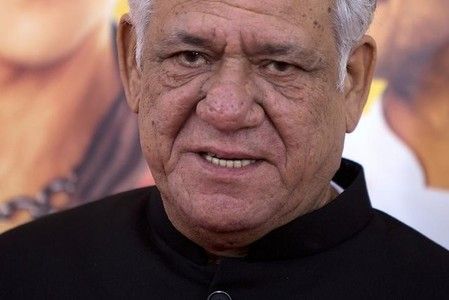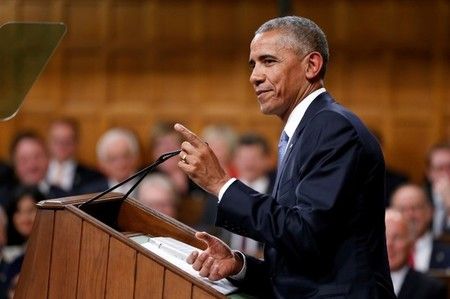Advertisement
American Indians grapple with land divided by history

By Ellen Wulfhorst
PRYOR, Montana (Thomson Reuters Foundation) – When Irma Bird Hat, a member of the Crow Indian tribe, started digging out the documents she needed to write her will, the retired health worker discovered property she didn’t know she owned.
Fellow tribe member Barbara Comes Up, a widowed cook, found land she has never seen, and Clara Smart Enemy Big Lake located less land than she expected on some documents but more than she thought on others.
“I’m confused,” said Smart Enemy Big Lake, an 81-year-old retired teacher.
The division and array of property among Native Americans such as the Crow, who live on a reservation in southeastern Montana, is an ownership tangle.
It stems back to westward-bound white settlements, territory wars with the U.S. government, disputes over gold, coal and oil and treaties signed and cast aside.
The Tribal Wills Project, an effort by a group of Colorado law students, has tried to make sense of at least part of the Indian property puzzle by helping Crow members to write wills.
More than two dozen students, professors and advisors from the University of Denver’s Sturm College of Law set up workshops last month on the reservation and in a week helped write more than 100 wills.
Looking over the paperwork she needed, Smart Enemy Big Lake said she found lots of property spread across the 3,565 square mile (9,200 square kilometer) reservation.
“I couldn’t recognize some of them,” she said.
She said the land descended to her from her grandmother, Jenny Smart Enemy, and two uncles, Bull Don’t Fall Down and Otto Rides Horse.
Reservation land was doled out to tribal members in allotments of varying sizes as part of an effort starting in the 19th century to assimilate them into white ways such as private ownership. There are more than 300 reservations across the United States today.
More than 13,000 enrolled members live on the grassy reservation that is banded by three mountain ranges and home to a unique herd of wild horses believed to be descended from those brought to the continent by the Spanish two centuries ago.
ADMIN NIGHTMARE
Many original land allotments such as those on the Crow Reservation have been divided among relatives over generations so many times – like the land belonging to Bird Hat – that it is nearly impossible to keep track.
Bird Hat, who lives not far from the reservation’s only traffic light, discovered a big chunk of land she thought her family had sold to the U.S. government in a buy-back program.
The property turned up when she sorted through documents as part of the Tribal Wills Project.
“Seven hundred acres,” the impish 77-year-old said with a grin. “I thought it was gone forever, but it’s still there. I’m glad I did this.”
In part because Indian land largely cannot be sold to non-natives, much of it is handed down over generations in a process known as fractionization.
A plot originally belonging to one person might now be divided among 400 descendants, posing problems if it is producing income through mineral extraction or grazing, said law student David Ham, a member of the Tribal Wills Project.
“It could be as much as a couple thousand dollars a year for a parcel, or you could get a penny every 10 years,” Ham said. “It’s a nightmare for the federal government to administer.”
One elderly Crow man arrived to write his will armed with a map showing he owned 90 separate lots of land, from five to 900 acres, he said.
Comes Up, 67, said she was writing a will to divide her land, some of which she has never seen, among 17 grandchildren and 16 great grandchildren.
Her land came from her grandparents, who once owned a five-acre plot where the U.S. Post Office in Pryor now sits, she said.
Her family lost the plot decades ago, she said, in an incident involving her grandfather, a local politician.
“My mom mortgaged that land across the road to get a bus ticket for my grandpa so he could go to Washington, D.C.,” Comes Up said. “We lost that land because of that.”
Crow member Preston Onion, a custodian and carpenter, posed a different sort of vexing land challenge. He said he hoped the law students could sort out inheritances for his brother, who was dying of cirrhosis at the age of 56.
“He’s got about 21 kids, somewhere in there,” Onion said.
With how many mothers, he was asked.
“Twenty-one mothers,” Onion said, chuckling.
(Reporting by Ellen Wulfhorst, Editing by Katie Nguyen; Please credit the Thomson Reuters Foundation, the charitable arm of Thomson Reuters, that covers humanitarian news, women’s rights, trafficking, property rights and climate change. Visit http://news.trust.org)











